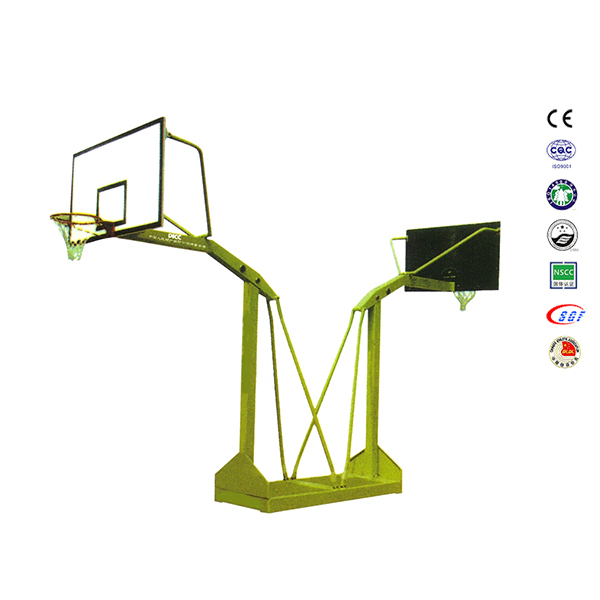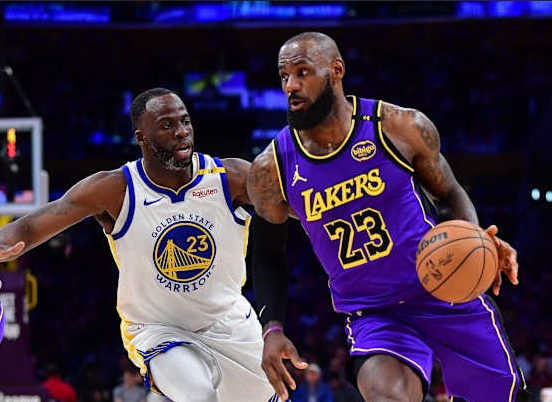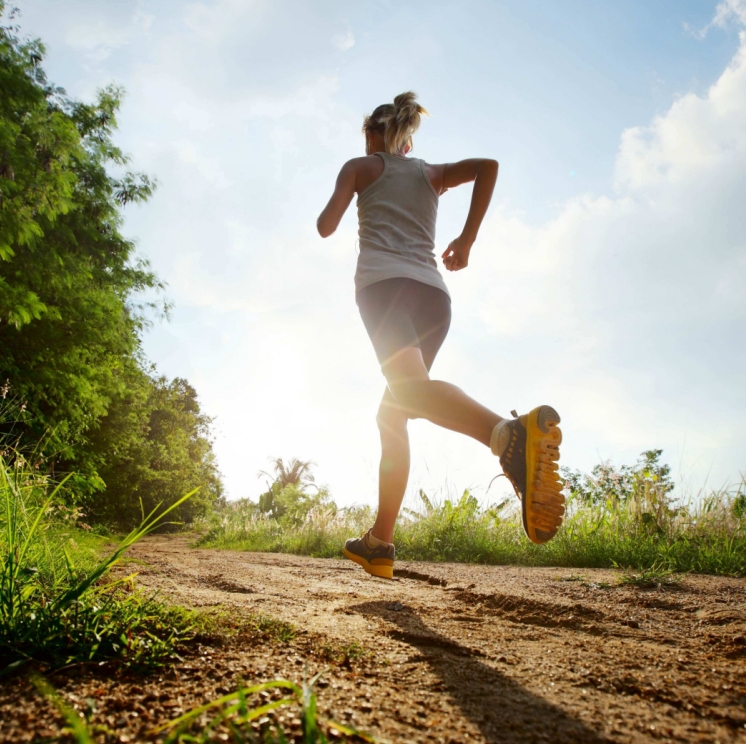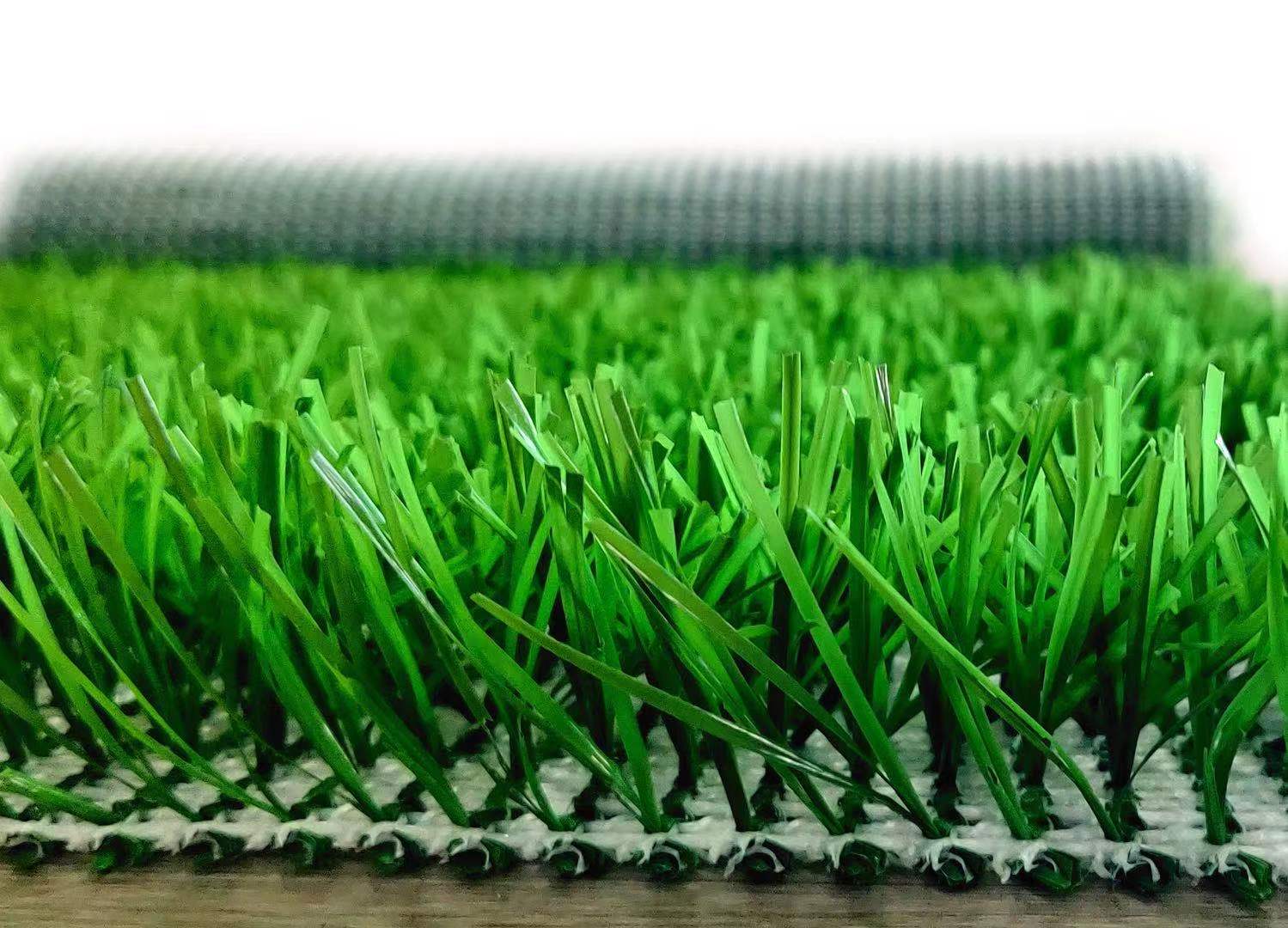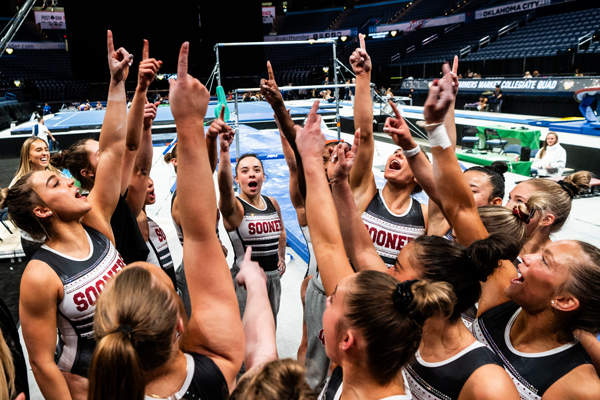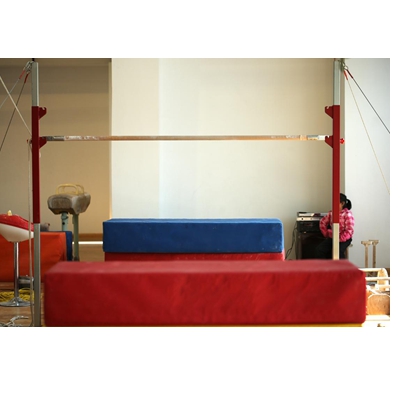Product
Why is balance important in gymnastics
Basic Info
Gymnastics balance can be divided into the following three categories:
1. Prone balance: standing on one leg, upper body leaning forward to horizontal position, the other leg raised to the limit, and both arms raised to the side at the same time.
2. Side balance: standing on one leg, upper body leaning sideways to horizontal position, the other leg raised to the side, the arm on the same side of the raised leg raised at the same time, and the other arm behind the back.
3. Supine balance: standing on one leg, upper body leaning back to horizontal position, the other leg raised forward, and both arms raised to the side at the same time.
The above gymnastics balance movements require specific skills and a lot of practice to master, and must be performed under the guidance of professionals.
1. Prone balance: standing on one leg, upper body leaning forward to horizontal position, the other leg raised to the limit, and both arms raised to the side at the same time.
2. Side balance: standing on one leg, upper body leaning sideways to horizontal position, the other leg raised to the side, the arm on the same side of the raised leg raised at the same time, and the other arm behind the back.
3. Supine balance: standing on one leg, upper body leaning back to horizontal position, the other leg raised forward, and both arms raised to the side at the same time.
The above gymnastics balance movements require specific skills and a lot of practice to master, and must be performed under the guidance of professionals.
Elaborate on the concept of balance ability
Balance ability refers to the ability that an individual possesses while maintaining physical stability. It is one of the basic abilities necessary for gymnasts to perform various technical movements. In Gymnastics, the development and improvement of balance ability are crucial for athletes to achieve good performance in competitions.Although gymnasts need various abilities such as coordination and flexibility when performing technical movements, balance plays an important role. Only with good balance ability can athletes maintain a stable posture in various difficult movements, avoid falling or losing, and the quality of balance ability directly affects their performance level and competition results.
If an athlete lacks balance ability in a competition, even if the difficulty of technical movements is high, it is difficult to achieve the desired effect. However, on the contrary, athletes with excellent balance ability are more likely to stabilize their body and accurately complete various movements in the competition. However, the cultivation of balance ability is not an overnight process and requires long-term training and practice.
Whether it is the horizontal bar, parallel bars, uneven bars, or balance beam events, balance ability is one of the key to the success of gymnasts. Although different events have different requirements for balance ability, athletes need to maintain a balanced state of their bodies during the execution of movements. Whether it is walking and jumping on the balance beam, or technical movements such as turning and standing on the bar, balance ability plays an important role.
In order to improve balance ability, gymnasts need to undergo specialized training and practice, while using auxiliary tools such as balance equipment and stabilizing equipment to help athletes gradually master balance skills. In order to strengthen the strength and control ability of the core muscle group, athletes also need targeted physical training, or they can perform some special balance training techniques to improve body coordination and stability.
In short, balance ability is one of the key elements for gymnasts to achieve excellent performance in competitions. It is not only necessary to maintain physical balance in technical movements, but also to maintain psychological stability and concentration. It is also necessary to improve the level of balance ability through systematic training methods and strategies. Instead of only focusing on the difficulty and highlights of technical movements, it is better to focus more energy on cultivating balance ability to achieve better competition results and sports development.
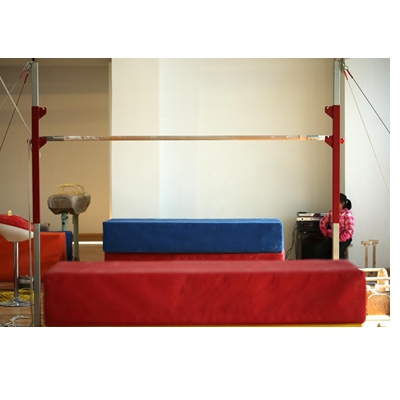
Adjustable Adult Multi-Function Horizontal Bar
Introduce commonly used evaluation methods, such as balance testing, posture analysis, etc
The evaluation method of balance ability can be carried out through balance testing and posture analysis. Balance testing is a common method of evaluating balance ability, and athletes can be tested on specially designed balance boards to measure their stability while maintaining balance. This test can evaluate the level of balance ability by measuring the athlete's center of gravity deviation, posture adjustment, and control ability.In addition to balance testing, sports posture analysis is also an effective method for evaluating balance ability. Sports posture analysis evaluates the performance of an athlete's balance ability by recording factors such as body posture, movement path, and body stability during technical actions. By using high-speed cameras, sensors, and computer analysis software, precise quantitative analysis of the athlete's posture and movements can be carried out to better understand and evaluate balance ability.
Although balance testing and exercise posture analysis are two different evaluation methods, they both play an important role in evaluating balance ability. Balance testing evaluates the stability and control ability of athletes by simulating actual balance needs in competitions, while exercise posture analysis focuses more on analyzing the details of athlete posture and movements, thereby revealing the level of balance ability performance.
If an athlete performs well in a balance test, that is, maintaining stability and strong control ability, it often means that their balance ability is high. However, relying solely on the balance test results may not fully evaluate an athlete's balance ability, as the performance of technical movements is also related to other factors such as the athlete's posture, strength, flexibility, etc. Therefore, combining sports posture analysis can provide a more comprehensive understanding of an athlete's balance ability and guidance for targeted training.
In summary, balance testing and posture analysis are commonly used methods to evaluate balance ability. Their comprehensive application can provide comprehensive evaluation results, help coaches and athletes understand the level of balance ability, and develop and optimize training plans based on the evaluation results.
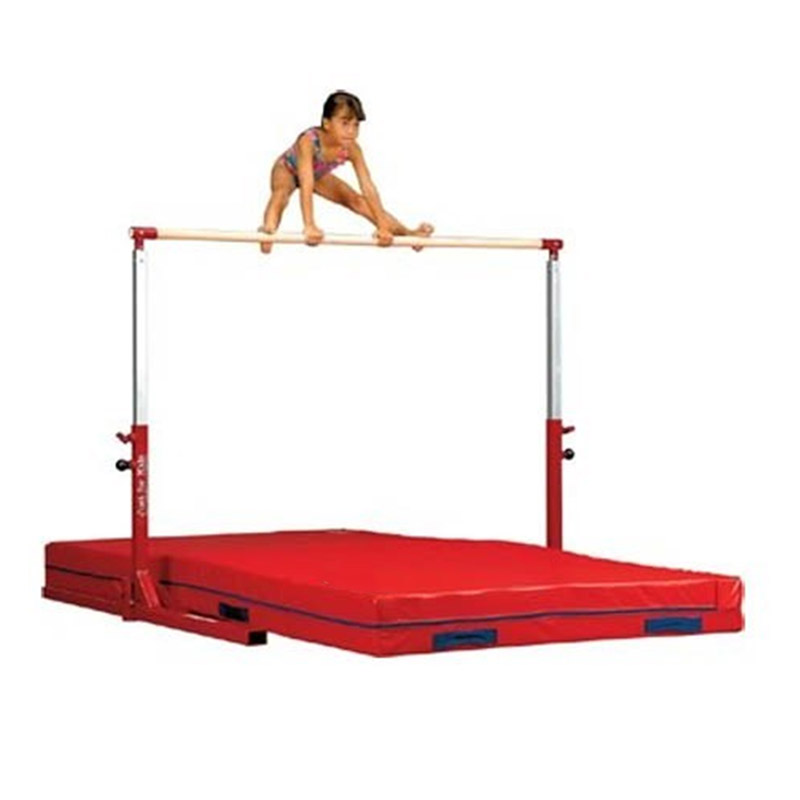
Kids Adjustable 1.3-1.7m Horizontal Bar
Analyzing the requirements of balance ability for technical movements
Balance ability is one of the essential basic abilities for gymnasts to perform various technical movements. In terms of technical movements, balance ability has a significant impact on their performance in multiple aspects. However, the stronger the balance ability, the better the athlete's performance in technical movements. Even if the movements require complexity and detail, as long as the athlete has excellent balance ability, they can better complete the technical movements.Although technical movements may involve high difficulty elements and require high coordination and strength, without good balance ability, athletes will find it difficult to maintain stability and fluency. However, improving balance ability can help athletes better control their body posture, enabling precise execution of every aspect of technical movements.
However, the relationship between balance ability and technical movements is not limited to stability. In many technical movements, balance ability also interacts with factors such as coordination, flexibility, and flexibility. Only when balance ability is combined with these elements can athletes complete more delicate and complex technical movements. Therefore, regardless of the requirements for technical movements, athletes need to have stable balance ability.
Whether it is performing technical movements such as the balance beam, horizontal bars, and vault, athletes are required to maintain good balance ability during the movement process. Whether maintaining balance in a stationary state or during exercise, balance ability is one of the key factors to ensure the success of technical movements. In order to maintain balance, athletes need to not only focus their attention, but also flexibly adjust their body's center of gravity according to the requirements of the movement.
Either when performing difficult technical movements, it is better to consider balance ability as an important training direction rather than just pursuing speed and strength. Only through continuous training and improvement of balance ability can athletes better control their bodies and demonstrate a higher level of stability and accuracy in technical movements. No matter what technical movements, balance ability needs to be combined with other technical factors to achieve excellent performance.
Rather than treating balance ability as a secondary factor in technical movements, it is better to consider it as a basic ability. In order to perform well in technical movements, athletes should focus on training balance ability, while also improving strength and flexibility, and strengthening balance training to ensure the quality and stability of technical movements. Only on the basis of stable balance can technical movements better showcase the athlete's strength and style.
In short, the requirement of balance ability for technical movements cannot be ignored. Whether it is static balance or dynamic balance, balance ability directly affects the performance of technical movements. Only through continuous training and improvement can athletes demonstrate a higher level of stability, accuracy, and fluency in technical movements. Therefore, in technical movement training, the cultivation of balance ability should be fully valued and regarded as an important link to improve overall performance.
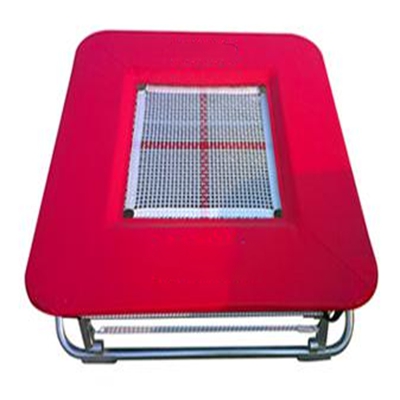
Exploring the Influence Factors of Balance Ability on Technical Action Performance
The impact of balance ability on the performance of technical movements can be explored from the following aspects. Firstly, the stability of balance ability is one of the important factors affecting the performance of technical movements. In terms of technical movements, such as somersaults, jumps, etc., athletes are required to maintain balance and stability during the execution process. Although they have a good foundation in technical movements, if they lack sufficient balance ability, they may lose balance during the execution process, leading to inaccurate or incomplete movements.Secondly, the coordination of balance ability also has a significant impact on the performance of technical movements. Although athletes may have a certain level of balance ability, in complex technical movements, it is necessary to coordinate balance ability with other limb movements in order to complete precise movement requirements. Even if athletes have a high level of balance ability, if they cannot coordinate with other technical elements, the performance of technical movements will still be affected.
In addition, the body control ability of athletes is also one of the important factors that affect the performance of technical movements. Although athletes may have a certain balance ability, if there is a lack of accurate control over various parts of the body, such as body posture, center of gravity adjustment, etc., the performance of technical movements may still be limited. Only when athletes can achieve the accuracy and fluency of movements through body control can they perform well in technical performance.
In addition, psychological factors also have an impact on the relationship between balance ability and technical movement performance. The self-confidence and focus of athletes can affect their performance in balance ability and technical movements. If athletes lack self-confidence or distraction, even with good balance ability, they may not be able to fully unleash their potential.
In short, the impact of balance ability on the performance of technical movements is closely related to factors such as stability, coordination, physical control ability, and psychological factors. Only by comprehensively considering these factors and through training and adjustment can athletes fully exert their balance ability and achieve excellent performance in technical movements.
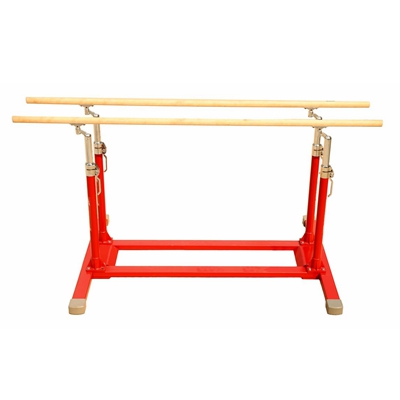
Adjustable height kids parallel bars
Explain the importance of balance ability on competitive performance
The importance of balance ability to competitive performance is self-evident. In Gymnastics, the balance ability exhibited by an athlete in a competition is directly related to their performance and final results. Whether it is men's or women's gymnastics, balance movements are an important component of it. Although other factors can also affect competition results, balance ability plays a crucial role in it.Although gymnasts need to demonstrate many technical movements in competitions, these movements often require good balance as the foundation. Athletes must maintain body balance within a limited time to ensure that they can stably complete various technical movements. If athletes have insufficient balance, they may not be able to complete the movements stably, leading to errors, mistakes, and even falls. Therefore, no matter how outstanding the athlete's technical level is in other aspects, if their balance ability is insufficient, their performance will be seriously affected.
Compared to other factors, balance ability is of unique importance in gymnastics competitions. Although athletes may have excellent strength, flexibility, and skills, if they cannot maintain stable balance in the competition, these advantages will also be weakened. Only with stable balance ability can athletes better control their body posture, maintain a stable posture, reduce deviations in technical movements, and better demonstrate their technical level.
Moreover, balance ability is closely related to technical difficulty and movement accuracy. If an athlete can demonstrate good balance ability in their movements, they are more likely to complete more difficult movements and can more accurately control their completion. On the contrary, if an athlete's balance ability is insufficient, even if they have a certain level of technical proficiency, it is difficult for them to demonstrate high difficulty movements in the competition, let alone maintain the accuracy of their movements.
In summary, balance ability is crucial for gymnasts to achieve excellent results in competitive competitions. No matter how well they perform in other aspects, only with stable balance ability can they better control technical movements, reduce mistakes, and ultimately achieve higher scores in competitions. Therefore, for gymnasts, focusing on training and improving balance ability is the key to achieving excellent competition results.
LDK sports equipment manufacturer's promotion is in progress: Click to contact us now






